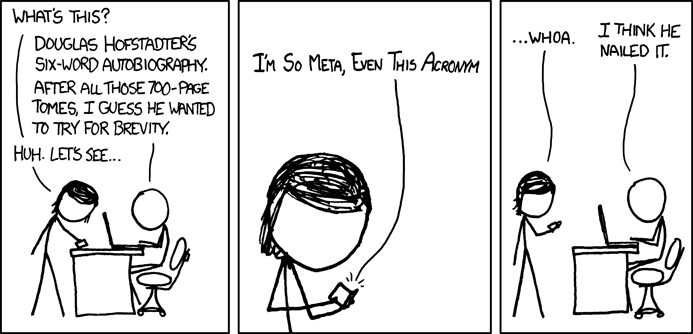Building the future of computational and data science
Not to sound grandiose, but Transient Dynamic is a blog about my journey towards the future of computational and data science, a documentation of my new contributions to it, and advocacy about my approach. Like many academics, I have a lot of opinions and experience about what’s right and wrong in computational science, applied mathematics, informatics, and scientific publishing, but this blog will focus on showing more than telling, and looking forward with positivity more than backward.
There will be posts that fill in the background to my perspective and more technical posts that simply show off new tools and capabilities of my own or of others. (This is also my first blog. I haven’t decided how dry, sarcastic, or weird to be yet – I fear the force of my British roots.)
Extending CS concepts to apply to regular science
Above all, the vision of my current work is to translate several successful approaches for handling complexity in computer science into the domain of regular science, which sadly lacks the tools to solve the most exciting problems involving complex physical systems. IMHO.
Essentially, all reputable, publishable science now being done is touched upon by some aspect of computational or data science. In turn, this means that statistics and, increasingly, applied mathematics areas such as dynamical systems modeling, are important fields that contribute directly to the progress of scientific research through their ability to formally analyze and predict patterns in data using data-driven models.
At the very least, funding agencies increasingly demand curated, long-term archiving of research data and papers, and this is supported technologically by university IT support and various online tools.
Each year, there are more labs that use version control to track, manage, and backup their data and code. Conference meetings include more discussions about “reproducible research” and “collaborative tools for inter-disciplinary science”, intros to programming for rusty old scientists, and so forth.
Despite the buzz1 about Big Data, which, from the press, would appear to be solving all our computational and data problems in science already, this blog will attempt to convince you that there are many parts of scientific research and education that are not getting adequate attention from innovators in information technology. I wish to contribute something to improve access to advanced modeling capabilities for academic scientists, students, citizen scientists, and engineers.
The shape of things to come
As a teaser for what lies ahead, my focus right now is on translating the CS, engineering, and process management concepts known as “literate programming,” “metamodeling,” “test-driven development,” and “reverse engineering” over to the domain of mathematical modeling and computational science.
By this, I mean applying these concepts not to the software used for doing math modeling as such, but to the process of actually doing math modeling itself. That process, admittedly, involves new software that can benefit from some of these concepts …2
I will talk less about progress in fancy analytic tools for data, per se, unless it overlaps with something relevant to modeling or my toolset. As you’ll hopefully appreciate, there is a worrying lack of attention to the role of information technology for math model development compared to IT for generating and analyzing raw data. This blog intends to help raise awareness and encourage you to get involved to improve the future of computational science.
If you have any questions or comments, please post them below. If you liked this post, you can share it with your followers or follow me on Twitter!
